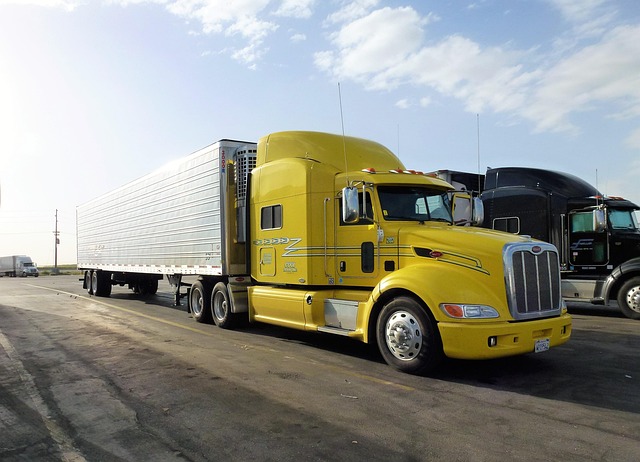“Looking to register your car in California? This comprehensive guide will walk you through the process step by step. First, understand the state’s unique car registration requirements and the importance of a valid Vehicle Identification Number (VIN) check for accuracy. Gather essential documents, perform a VIN verification to ensure authenticity, and choose the right registration package. Then, submit your application online or in-person, paying the required fees promptly. Streamline the process today with this expert advice on California car registration.”
- Understand California Car Registration Requirements
- Gather Necessary Documents for VIN Verification
- Perform Vehicle Identification Number (VIN) Check
- Select an Appropriate Registration Package
- Submit Application and Pay Fees Online or In-Person
Understand California Car Registration Requirements

Before registering your car in California, it’s crucial to understand the state’s specific requirements. This process involves more than just filling out paperwork; it also necessitates a thorough vehicle inspection to ensure compliance with safety and emission standards. One key step is the Vehicle Identification Number (VIN) verification, which confirms the authenticity of your vehicle’s details.
In California, this often includes a mobile VIN verification service, allowing you to get the inspection done conveniently at your location. A mobile vin verifier or vin inspection checks critical components like the engine, transmission, and frames for any signs of damage or tampering, ensuring your car meets the state’s legal standards before final registration.
Gather Necessary Documents for VIN Verification

Before you can register your car in California, you’ll need to undergo a Vehicle Identification Number (VIN) verification process. This involves gathering essential documents that prove the vehicle’s history and authenticity. One convenient way to accomplish this is by utilizing a mobile vin inspection or mobile vin verifier. These services send a trained specialist to your location, who will check the VIN details against various databases to ensure the car’s information matches what’s on record.
Among the necessary documents for vin verification in California are the vehicle registration certificate from the previous state (if applicable), proof of insurance, and a valid driver’s license. You might also require additional paperwork depending on how you purchased the car—whether it was bought new or used, through a dealership or private seller. Having these documents readily available will streamline the registration process.
Perform Vehicle Identification Number (VIN) Check

Before registering your car in California, performing a Vehicle Identification Number (VIN) check is an essential step to ensure everything is in order and to avoid potential issues down the line. This verification process involves using the unique VIN code of your vehicle to access its history and details. You can conduct this check through various official channels, including online databases or by contacting the California Department of Motor Vehicles (DMV).
A mobile vin verifier or a vin inspection service can also assist in this process by providing quick and convenient checks. These services often offer real-time data access, allowing you to confirm important information about your car’s history, such as accident reports, previous ownership records, and outstanding recalls. Ensuring the vehicle’s identity is accurate is crucial for a smooth registration process.
Select an Appropriate Registration Package

When selecting your registration package in California, it’s important to consider your vehicle’s age and type. For newer vehicles, a standard registration package will usually suffice, covering all necessary fees for up to 6 years. However, older cars or specialty vehicles may require specific packages that include additional services like emissions testing and safety inspections. These tests, often involving a VIN inspection or mobile VIN verification, ensure your vehicle meets the state’s safety and environmental standards.
Choosing the right package can save you time and money in the long run. Always check with the California Department of Motor Vehicles (DMV) to understand any unique requirements for your vehicle category, as well as the benefits each registration package provides.
Submit Application and Pay Fees Online or In-Person

In California, registering your car involves a straightforward process that can be completed online or in-person at a DMV office. The first step is to gather all necessary documents, including proof of ownership, vehicle identification number (VIN) verification, and any relevant registration fees. Once you have these, you can submit an application for vehicle registration through the California DMV’s official website.
For added convenience, California offers the option of a mobile VIN inspection or using a mobile vin verifier to complete the VIN verification process. This allows you to initiate the registration from the comfort of your home or even while on the go, making it easier than ever to get your vehicle registered in a timely manner. After submitting your application and paying the required fees, whether online or in-person, you’ll receive your registration documents in the mail within a few weeks.
Registering a car in California involves understanding specific requirements, gathering essential documents, and completing a VIN verification process. By following these steps—from fulfilling documentation needs to selecting the right registration package—you can ensure a smooth car registration experience. Remember that accurate and timely submission of all necessary information is key, especially during the vin verification stage, to avoid delays and potential penalties.
